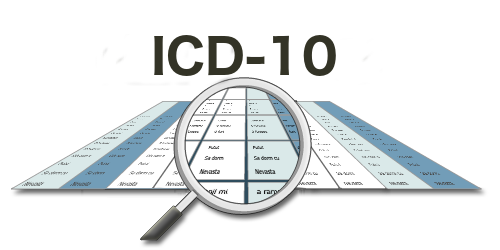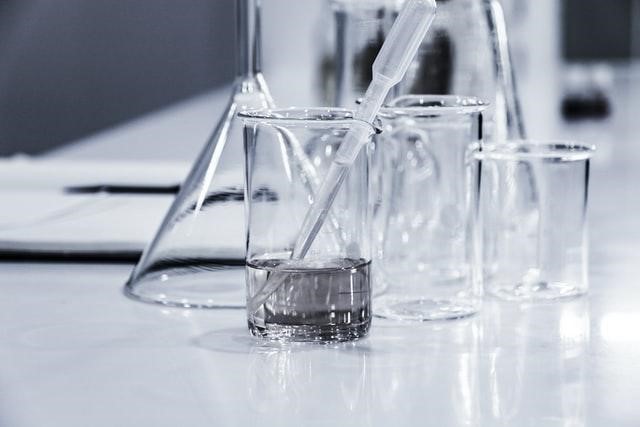
How was insulin discovered? This is a very interesting story of a great deal of effort, ingenuity, and sacrifice by a team of dedicated researchers, who were trying to solve the problem of treating diabetes, which was killing thousands each year.
Contents
- One of the most important developments in the history of medicine
- It opened up a wider horizon for understanding diabetes
- Al-Razi, a Persian physician
- He also made reference to early treatments
- Shaped our understanding of what happens when we eat food and drink drinks
- Frederick Banting
- In 1921, Banting and Best set out to purify insulin from cattle pancreas.
- Later that year they published their findings, enabling insulin to be mass-produced for human use in 1923.
- The production of insulin began at Eli Lilly Company
- Insulin plays an essential role in how our bodies process glucose for energy.
- Now you know how Insulin was discovered
Their solution worked so well that it saved the lives of many people with diabetes. Insulin was discovered by accident in 1921 by Frederick Banting and Charles Best when they were conducting research at the University of Toronto.
Although Banting and Best didn't know how insulin would work in humans at first, they published their findings in 1922 in the Journal of Laboratory and Clinical Medicine.
In this article, we'll walk you through step by step how insulin became one of the most profound scientific discoveries up to this day. So, without further ado, let's get right to it.
One of the most important developments in the history of medicine
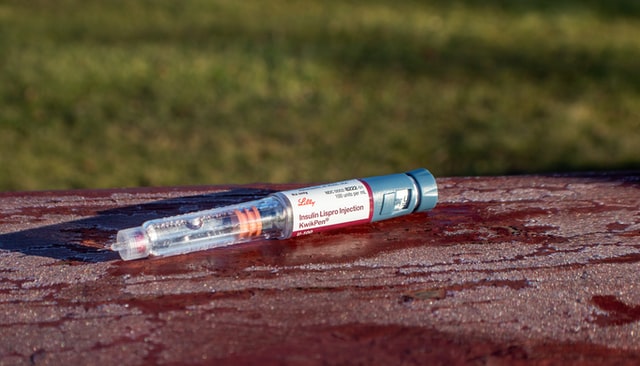
Insulin is a polypeptide hormone that is produced and secreted by beta cells in the pancreas. Insulin allows glucose to enter cells, where it is converted into energy. In this way, it regulates blood sugar levels.
Insulin was discovered in 1921 by Frederick Banting, Charles Best, and James Collip at the University of Toronto in Ontario, Canada. The discovery led to the development of daily injections to treat diabetes mellitus type 1 (DM1), also known as juvenile diabetes or insulin-dependent diabetes mellitus (IDDM). It remains an essential tool for treating DM2 today
It opened up a wider horizon for understanding diabetes
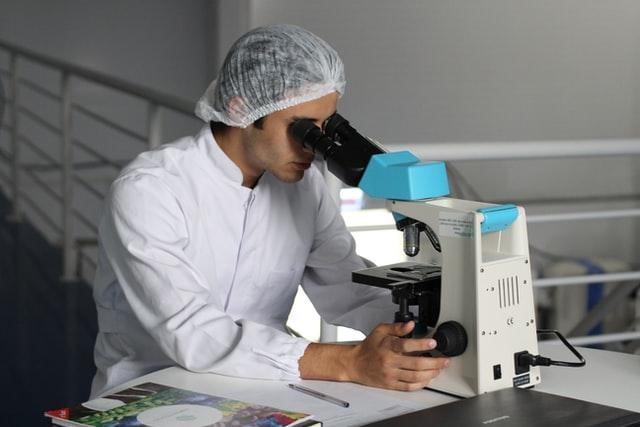
The discovery of insulin was a major medical breakthrough. It opened up a wider horizon for understanding diabetes, which has been prevalent in populations across the globe since prehistoric times.
The hormone insulin is produced in the pancreas and signals to body cells to absorb glucose from your bloodstream. Glucose is the main source of fuel for your cells. You can think of it like gas for your car – if you don’t have enough, then your body won’t run as well as it should.
The first person who discovered this relationship between diet and diabetes was Oskar Minkowski (1858-1931), an ophthalmologist who worked with other researchers to study carbohydrate metabolism in dogs during the late 1800s and early 1900s.
They found that when dogs were fed large amounts of starch (which contains lots of carbs), they developed symptoms similar to those seen with low blood sugar levels in people with type 1 diabetes today: increased urination, increased thirstiness, and weight loss despite having a large appetite
Al-Razi, a Persian physician
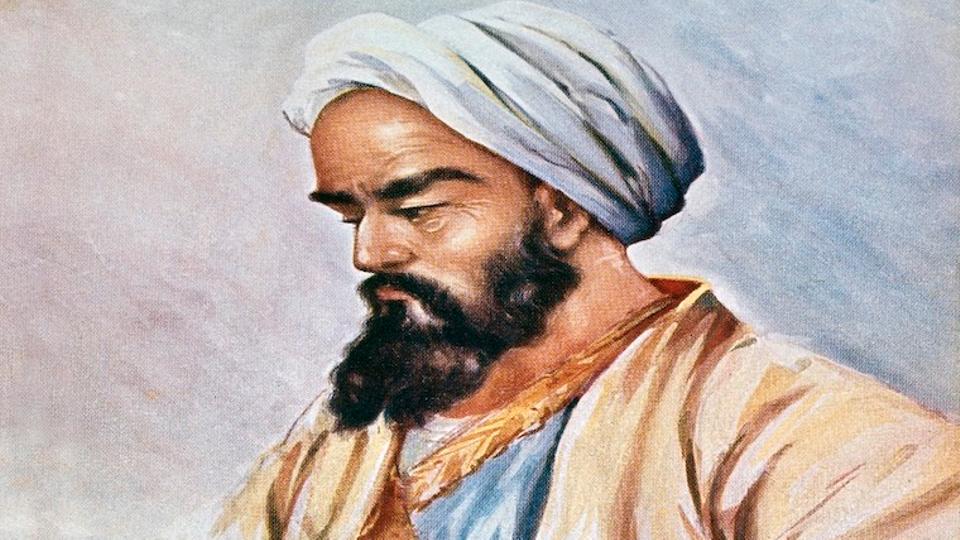
Al-Razi, a Persian physician from the 9th century, is credited with being one of the first to identify diabetes as a separate disease in his medical texts. He was also one of the first physicians to use experimentation to study the human body and its workings.
His full name was Muhammad ibn Zakariya al-Razi (the last name, Razi, means doctor). Born in 854 AD in Rayy (now known as Tehran), Iran, he lived during a time when much of Europe was still struggling through the Dark Ages while Muslim scholars were advancing medicine and other sciences around them.
Al-Razi wrote over 200 books on medicine—including Kitab al-Maliki which translates into English as "The Comprehensive Book on Medicine" or "Almanacs." The book included information about how diseases were caused by an imbalance between two senses of humour: black bile and phlegm. It also mentions diabetes symptoms such as excessive thirst and urinating often.
He also made reference to early treatments
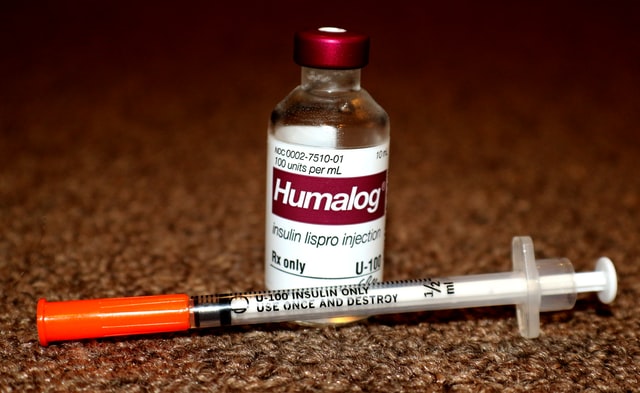
In addition to describing the discovery of insulin, Banting also made reference to early treatments, which involved fasting and following a strict dietary plan. This may sound like a good way to lose weight, but it's not.
Fasting does not have any effect on your metabolism or insulin levels. It can lead to great health benefits if done correctly; however, fasting has its limits and should only be done under medical supervision.
Shaped our understanding of what happens when we eat food and drink drinks
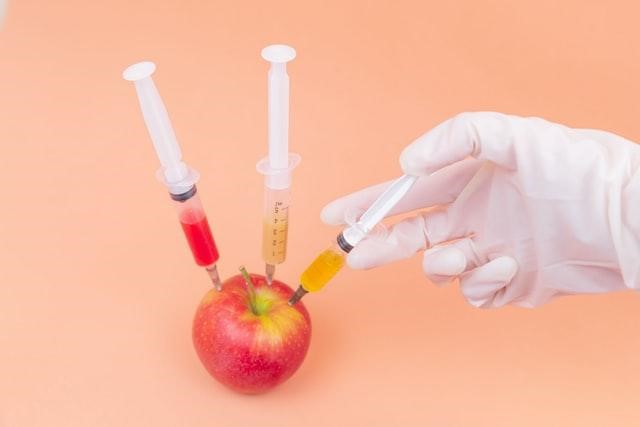
The discovery of insulin has helped shape our understanding of what happens when we eat food and drink drinks.
Insulin is a hormone that helps keep blood sugar levels stable. When you eat, your body breaks down the food and absorbs nutrients from it, which in turn releases insulin into your bloodstream.
This helps move glucose out of the blood and into cells for energy or storage as glycogen (a form of starch). Insulin also helps store fat if there are excess calories left over after your body has absorbed all the nutrients it needs from food or drinks.
Frederick Banting
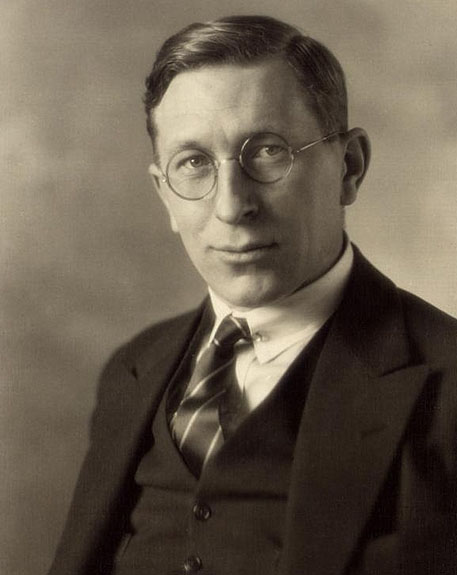
In 1910, Frederick Banting came close to discovering insulin by extracting it from the animal pancreas. He tested the extract on dogs and found that it lowered their blood sugar levels. However, he did not know why the extract worked so well for patients with diabetes.
Banting’s experiments helped to change the way diabetes was treated. Before his discovery of insulin, people with diabetes were often told by doctors that there was nothing they could do about their condition beyond making dietary changes and taking drugs like aspirin to try to control their symptoms.
In 1921, Banting and Best set out to purify insulin from cattle pancreas.
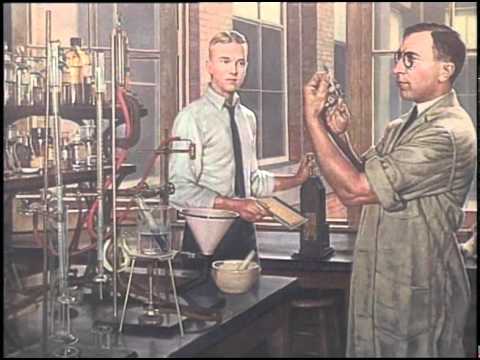
In 1921, Banting and Best set out to purify insulin from cattle pancreas. Their first human trial was on a 14-year-old boy whose sickness had left him bedridden for two years. The results were excellent: the patient regained his strength and his weight, returned to school, and lived a normal life for 13 years.
The discovery was revolutionary in that it allowed patients with diabetes to live relatively normal lives free of constant pain or fear of death from infection (which had been common before then).
Later that year they published their findings, enabling insulin to be mass-produced for human use in 1923.
Now that you know the history behind insulin, let's look at the science.
Insulin is a hormone produced by beta cells in the pancreas. It regulates the metabolism of carbohydrates, fats, and proteins by controlling how much glucose enters cells. Insulin is released when your body has eaten something and triggers your muscles to absorb it for energy or to store it as fat if there are high levels of glucose in your bloodstream.
In 1921 Drs Banting and Best extracted this substance from the animal pancreas, creating what we now call insulin; a treatment for diabetes!
The production of insulin began at Eli Lilly Company
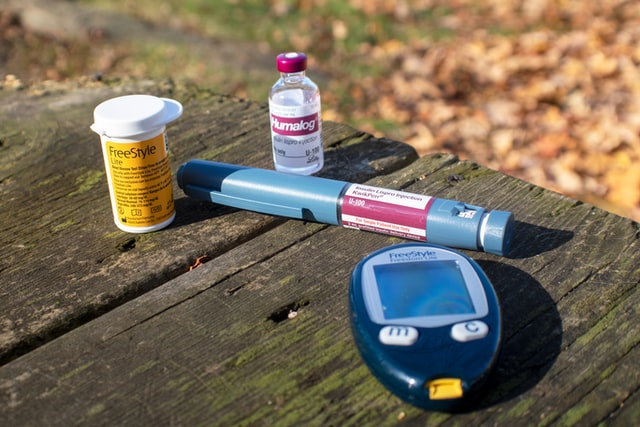
Insulin is a hormone produced by the pancreas, an organ located behind the stomach. Insulin helps glucose to be transported into cells, where it can be used as fuel. In type 1 diabetes, the immune system mistakenly attacks and destroys beta cells that make insulin. This leaves people with no ability to produce their own insulin so they must inject it to keep their blood sugar levels within normal range.
Insulin plays an essential role in how our bodies process glucose for energy.
Insulin plays an essential role in how our bodies process glucose for energy. This hormone is made by the pancreas, a gland that lies just behind the stomach. Insulin helps the body use glucose for energy by converting it into glycogen (a form of sugar) and storing it in muscles and the liver. It also allows cells to take in glucose from the bloodstream.
Insulin is released from beta cells located within pancreatic islets—small groups of tissue that exist along with alpha cells and delta cells within pancreatic islets—and travels through blood vessels to help move nutrients into muscle, fat, or liver cells.
Now you know how Insulin was discovered
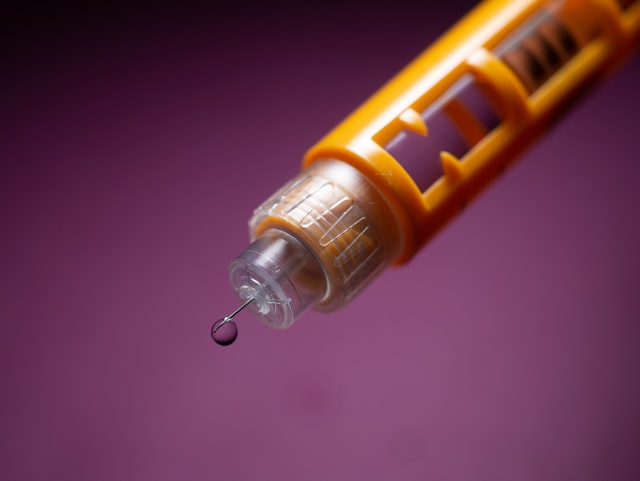
As with many inventions throughout history, it was a happy accident that led to the discovery of insulin. Fred Banting and Charles Best were attempting to isolate an anti-pigment agent that could be used as a treatment for rickets when they came across something decidedly different.
Banting and Best had discovered insulin, a hormone that is created by the pancreas and which allows the body to control its blood sugar levels. It's not important to understand how this happened, but it is important to know that it did happen and that we now have the cure for diabetes (though best practice calls for proper diet and exercise, too).
Insulin has become critical to today's society and will continue to be so in the future. It is one of the most important discoveries in human history and it cannot ever be replicated. I hope you have learned interesting facts and appreciated the great life that insulin makes possible.




